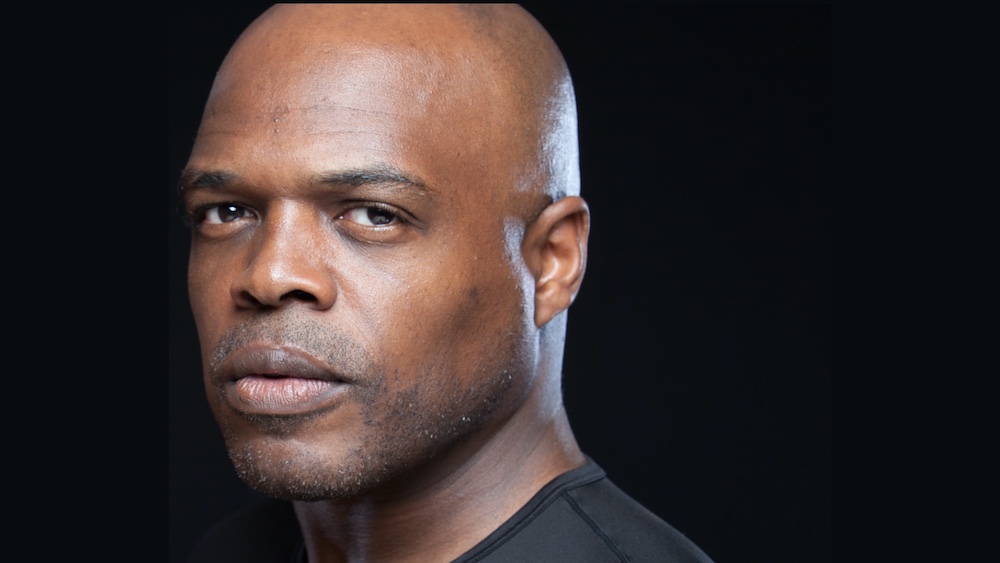If you’re interested in sharing your opinion on any cultural, political or personal topic, create an account here and check out our how-to post to learn more.
____
A Christmas Carol, by Charles Dickens, is a 175-year-old classic story that at one point in time was called “a new gospel.” It was a story that for many people of the time, reading or watching it became a sacred ritual without which the Christmas season couldn’t materialize.
As soon as I learned that, it was my opening to expIore this story further to see if it connected to Black people and their experience. Some would say that "the gospel" relates to Christian doctrine, and others would say, for them, “the gospel” is simply about the truth. I think both perspectives have weight within the Black community, communities of color and for our melanin challenged denizens.
A Christmas Carol is a transcendent work that was the product of the issues of its day. It clearly has stood the test of time because the story of redemption is as old as time itself, and the need to triumph over greed is an interminable battle. Audiences hunger for stories where the protagonist (in this case, Scrooge) subconsciously exists in them — "Why do I need to share?" "Why do I need to care?"
The Classical Theatre of Harlem takes classic works of theater and adapts them to be accessible and relatable for people of color. For over 20 years, we have been creating art that reflects the diversity of New York, and America, while prompting audiences to reflect on the stories of struggle, perseverance and beauty that have been trademarks of the American experience.
In marginalized communities, like some parts of Harlem, the question of access to resources endures. What better way for the Classical Theatre of Harlem to use art than to talk about these very issues in the historic neighborhood in which the theatre itself was founded? In our re-telling of this tale, A Christmas Carol in Harlem, we re-imagined Scrooge as a Harlem real-estate mogul who has lost his connection to his community and works only to benefit himself. He has forgotten the importance of helping his neighbor and the idea that only together can we grow. In this work, we bring that idea to the forefront, but in a way that makes it relatable through the lens of people of color.
With this, and all our productions, people of color can see themselves onstage, backstage, front of house, in the audience and in administrative and leadership roles. This is a key and important part of being a 21st century performing arts organization: that the art inspires the next generation because they can see themselves in every facet of theater-making.
We present our shows in a way that says we are enough for ourselves. With our critically acclaimed productions, we strive to create theater that is reflective of the people that we are here to serve.
Here is a review of our production that nails our mission:
“'A Christmas Carol in Harlem' is a cozy, spirit-filled way to spend an evening, especially as a resident of Harlem. Based on the conversations filling the theatre, most audience members seemed to be Harlem residents, excited to have a high-quality, well-curated production within walking distance. In a moment where so much theatre about Harlem and the Heights (“Our Lady of 121st Street” or “In the Heights”) remains inaccessible to the residents of those very neighborhoods, it is refreshing to be in a house of those who these stories are written about. At “A Christmas Carol in Harlem,” the audience chuckles and prods each other when specific Harlem restaurants, landmarks, and inside jokes are mentioned. Overall, it is refreshing to be in a theatrical space that really understands and serves their target audience.”
We are on the precipice of the 100th anniversary of the Harlem Renaissance. It’s a remarkable opportunity to launch into the next century by complementing the existing holiday programming downtown with a show that has a unique uptown, New York City aesthetic. I believe that A Christmas Carol in Harlem will become a classic seasonal offering on par with other beloved, locally based holiday productions. Our playwright, Shawn René Graham, has taken Charles Dickens’ classic to show how a community is healed, one family at a time, and exemplifies how ordinary people can do extraordinary things to help one another receive the gift of love at Christmas time.
____
Ty Jones is the Producing Artistic Director for Classical Theatre of Harlem. He most recently was on Broadway this fall in 'The Great Society' and also was on the Starz television series, 'Power', for six seasons in the role of Agent Jerry Donovan.
